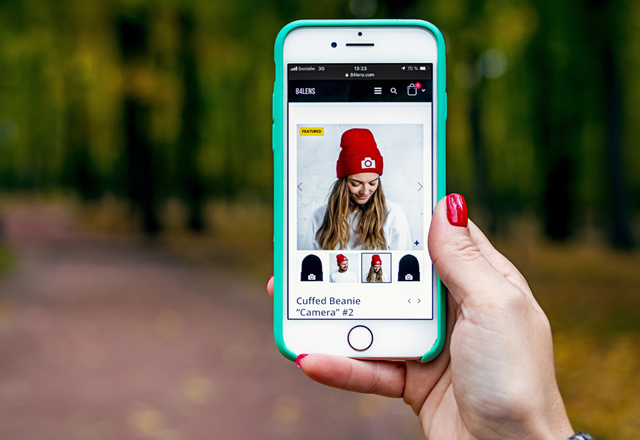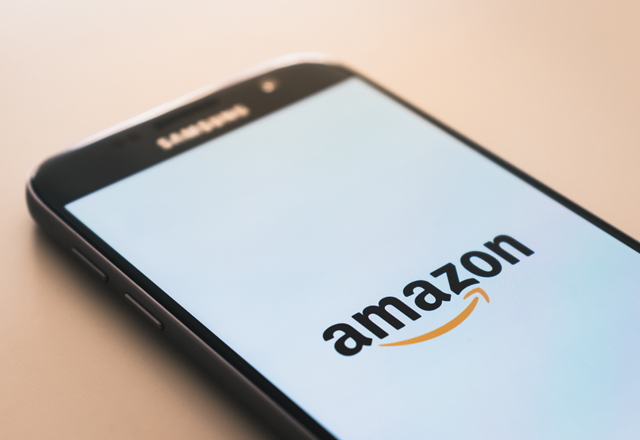
For retailers looking to compete with the fast pace and convenience of online businesses, the in-store experience is an increasingly important battleground.
While historically success for retailers may have been measured by metrics such as comparable growth by store, sales per square foot, and gross margin return on investment, these no longer tell the full story.
Modern retailers need to know more than just what your customers are buying.
To succeed today, you need to understand how each of your touch points impacts the totality of your customer experience.
And the trend is one that’s catching – a recent study by the Forrester Group reports, “72% businesses now say improving the customer experience is their No.1 priority.”
CX improvements drive increased loyalty & revenue
For today’s retailers, the availability of point-of-sale data provides a huge range of options when it comes to building true and lasting engagement.
Creating customer experiences that are truly memorable can help drive loyalty and advocacy for your business, so it’s important to make every single moment count.
Here are 3 quick examples of how to deliver a ‘customer-centric’ approach that will spur revenue growth.
1: Make each experience count
In an increasingly competitive landscape, you need to focus on creating memorable experiences.
This doesn’t need to involve a radical overhaul of everything you do. As we found with one of our retail partners, the little things can add up.
The Retail Prodigy Group (master franchisee holders for Nike) is committed to providing the ‘ultimate customer experience’ with every visit.
In practice, this manifests itself in a series of relatively cost efficient, but rigorously maintained, service measures, especially at the point of sale.
Staff at RPG are trained to ask for each customer’s name and always offer multiple product selections at the checkout.
Customers are made to feel welcome with small personal touches, creating an authentic and warm experience.
This not only creates happy customers but can lead to financial gain too – we measured a 30% increase in average transaction as a result of these measures and a 5% increase in total revenue.

2: Taking a ‘benefits-led’ approach to the sales process
Today’s customers expect high service standards as the norm: in order to drive return visits, you need to be able to certainly meet and ideally exceed these expectations regularly.
While many sales associates are trained to ensure that they know the features of each of their products, it can be even more powerful if your staff is able to speak to the benefits that a product will offer to each of your customers.
A benefits-led sales approach not only demonstrates expertise but also the capacity to listen well.
One retailer found that a sales associate’s ability to convey three or more product benefits led to a 20% increase in average transaction value.
Treat your customers well, and they’ll reward you in return.

3: Make sure that you are staffed appropriately
From an operational perspective, it can be a challenge to monitor for consistency of staffing distribution and the timing of staff breaks across a day so that each customer gets what they need every time.
While breakdowns in your scheduling patterns are not always easy to spot, the negative impacts are.
If your customers aren’t getting the help they need, they’ll quickly take their business elsewhere.
By utilizing technology that enables you to track performance standards across the day, you can reduce mangers’ need to be on the floor at all times.
One specialty foods retailer using the TruRating customer feedback solution noticed their product and service scores were dipping in the evenings.
After an inspection of the floor, it became clear that there were issues in stock and staffing.
Through a scheduling reshuffle and an increased focus on product availability in the evening, the store was able to drive a 22% increase in customer satisfaction and a 12% associated increase in spend.
A low-cost fix was suddenly transformed into a revenue opportunity.
Point-of-Sale Insights from TruRating and Retail Pro
With simple changes like these, you can optimize toward a more ‘customer-centric’ approach in your business – and tools like Retail Pro POS and customer insights specialist TruRating can help.
Through a simple integration with Retail Pro POS, TruRating enables you to ask customer feedback questions via your payment devices, gathering insights from up to 88% of customers daily, neatly packaged in an intuitive and easy-to-read dashboard.
To learn more or to find out how you can set up your account today, reach out to your Retail Pro Business Partner or contact TruRating directly at 1(855) 285-1685 or Hello@trurating.com.
Guest post from our friends at:


![]() Gesture recognition helps retailers gauge shoppers’ real interest
Gesture recognition helps retailers gauge shoppers’ real interest ![]() The first step to recognizing customers with AI
The first step to recognizing customers with AI 


















